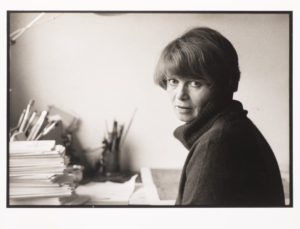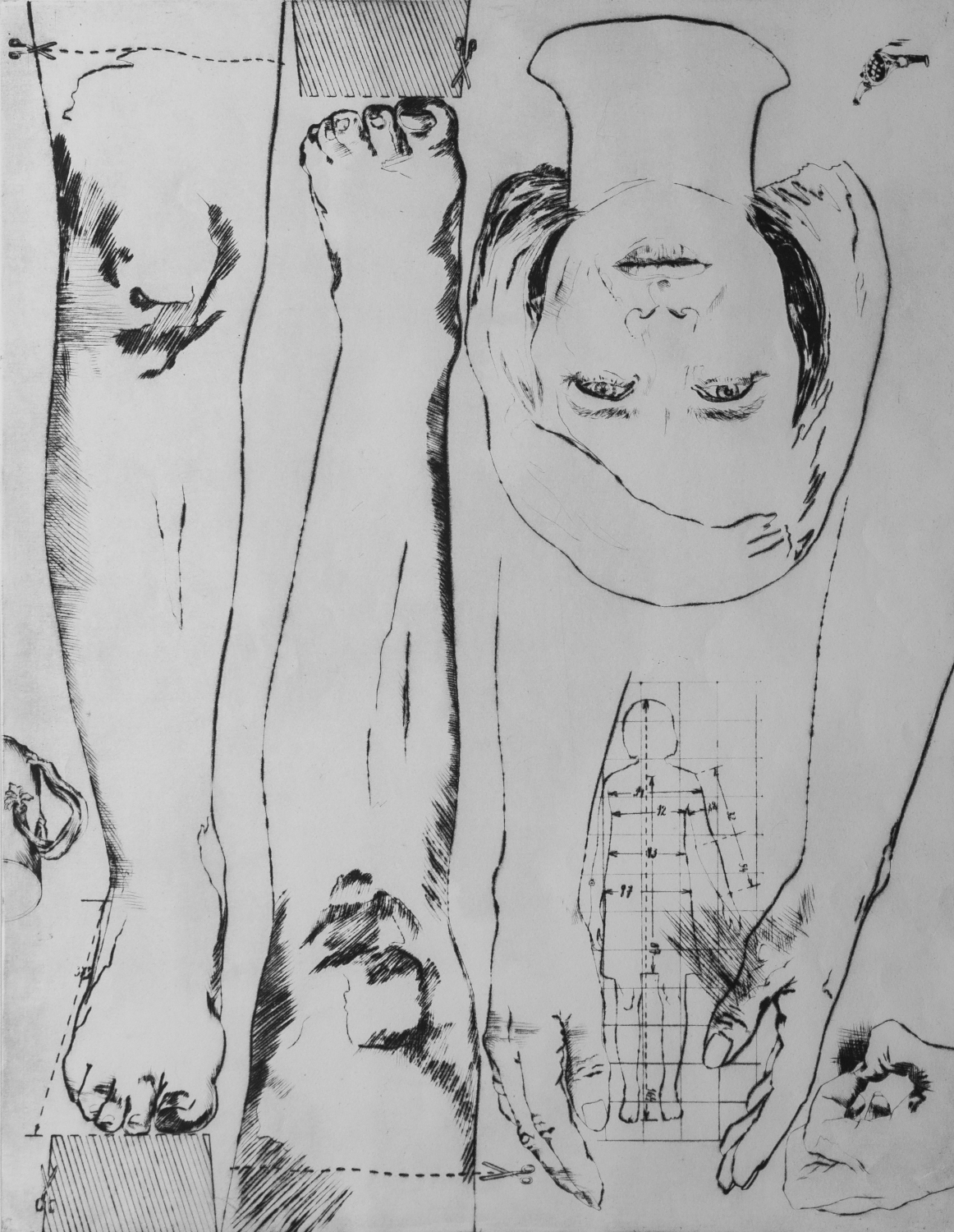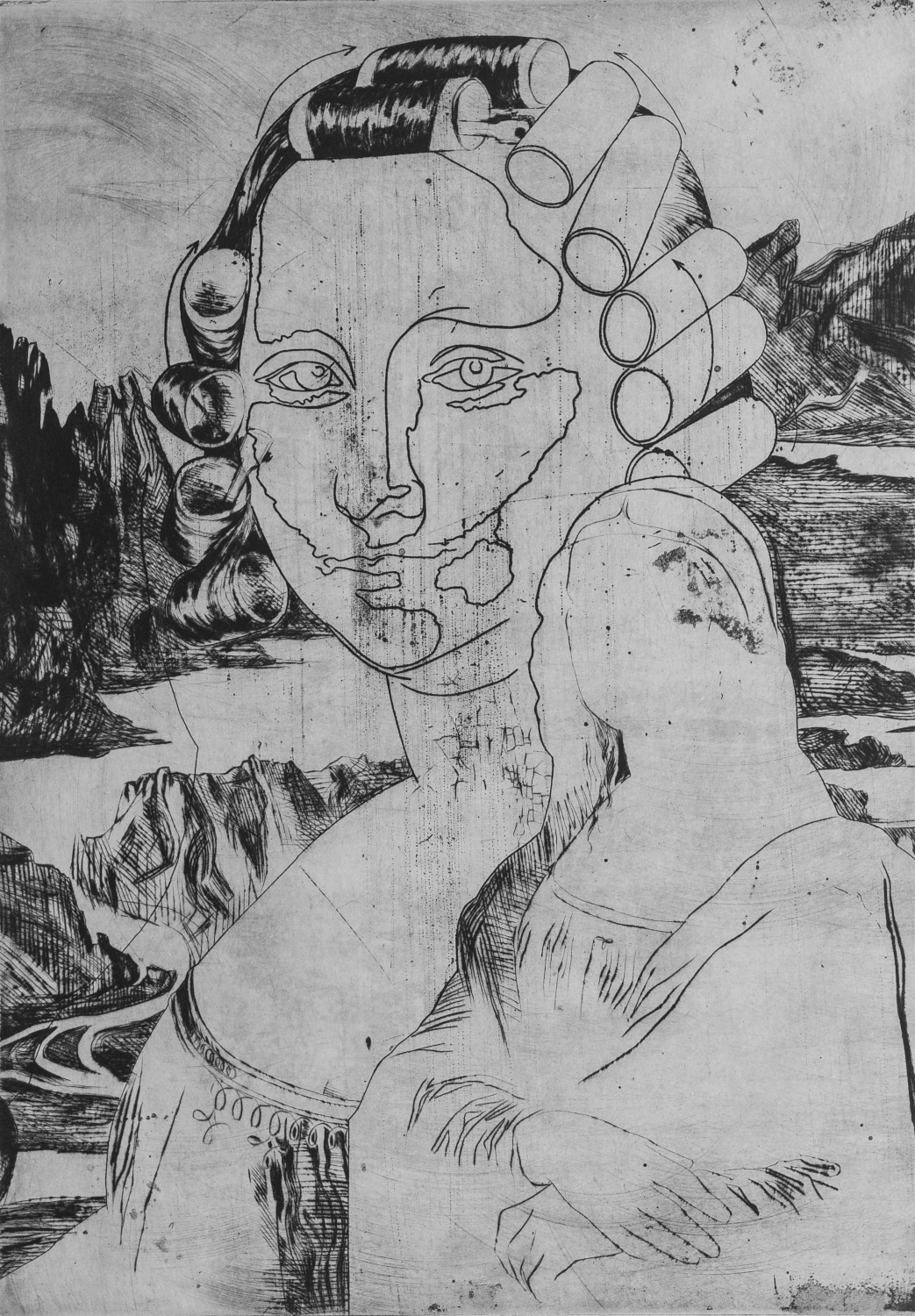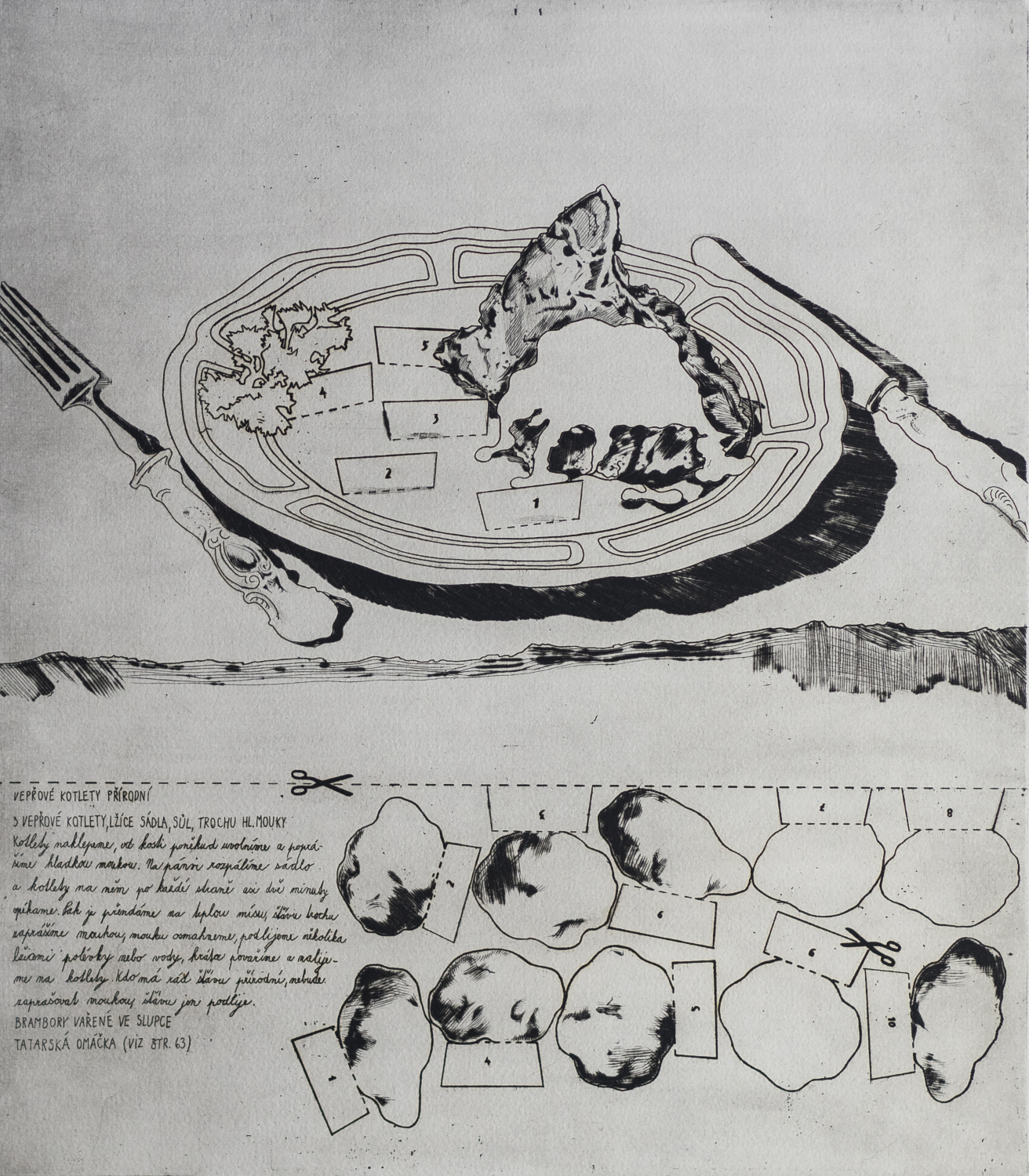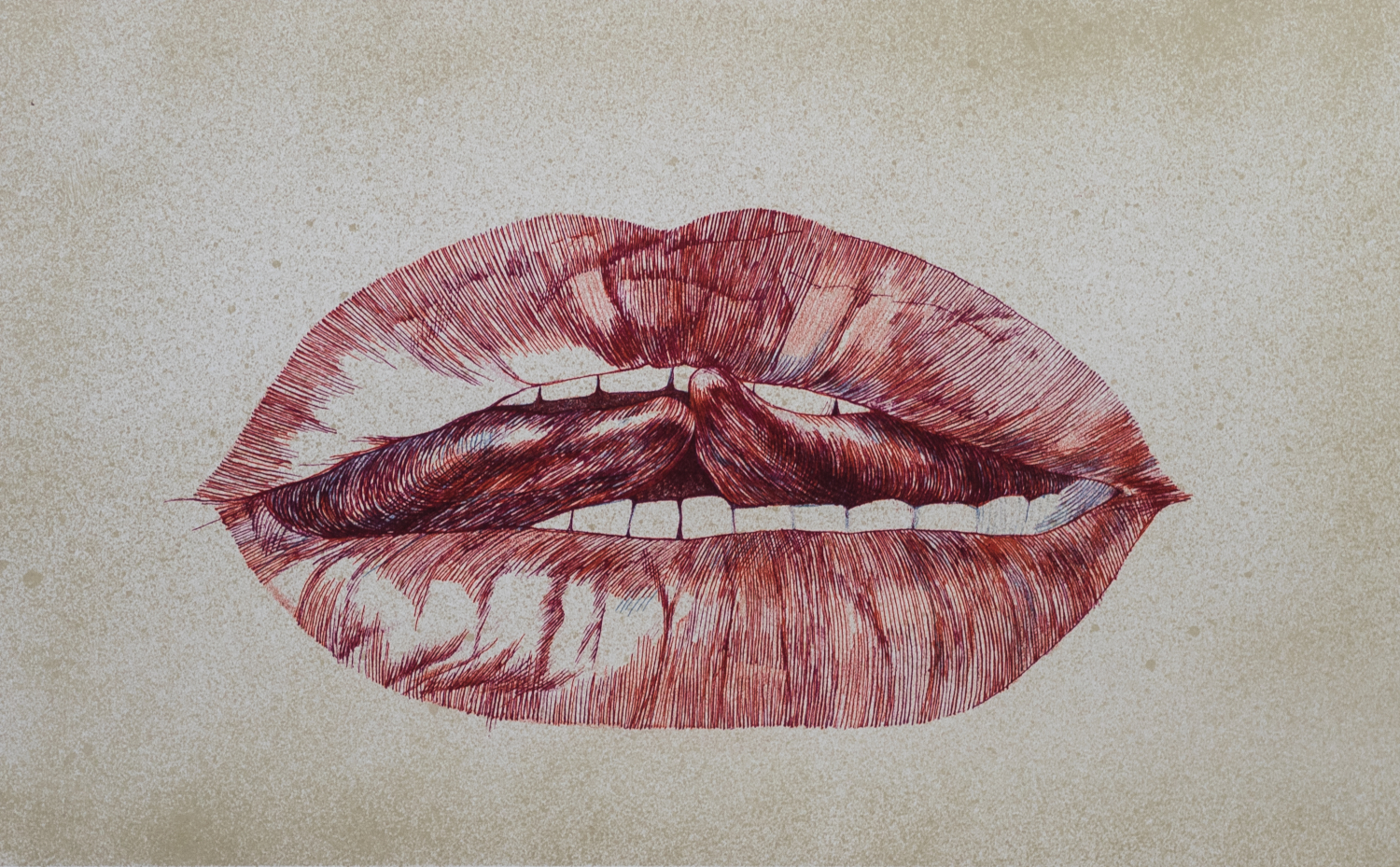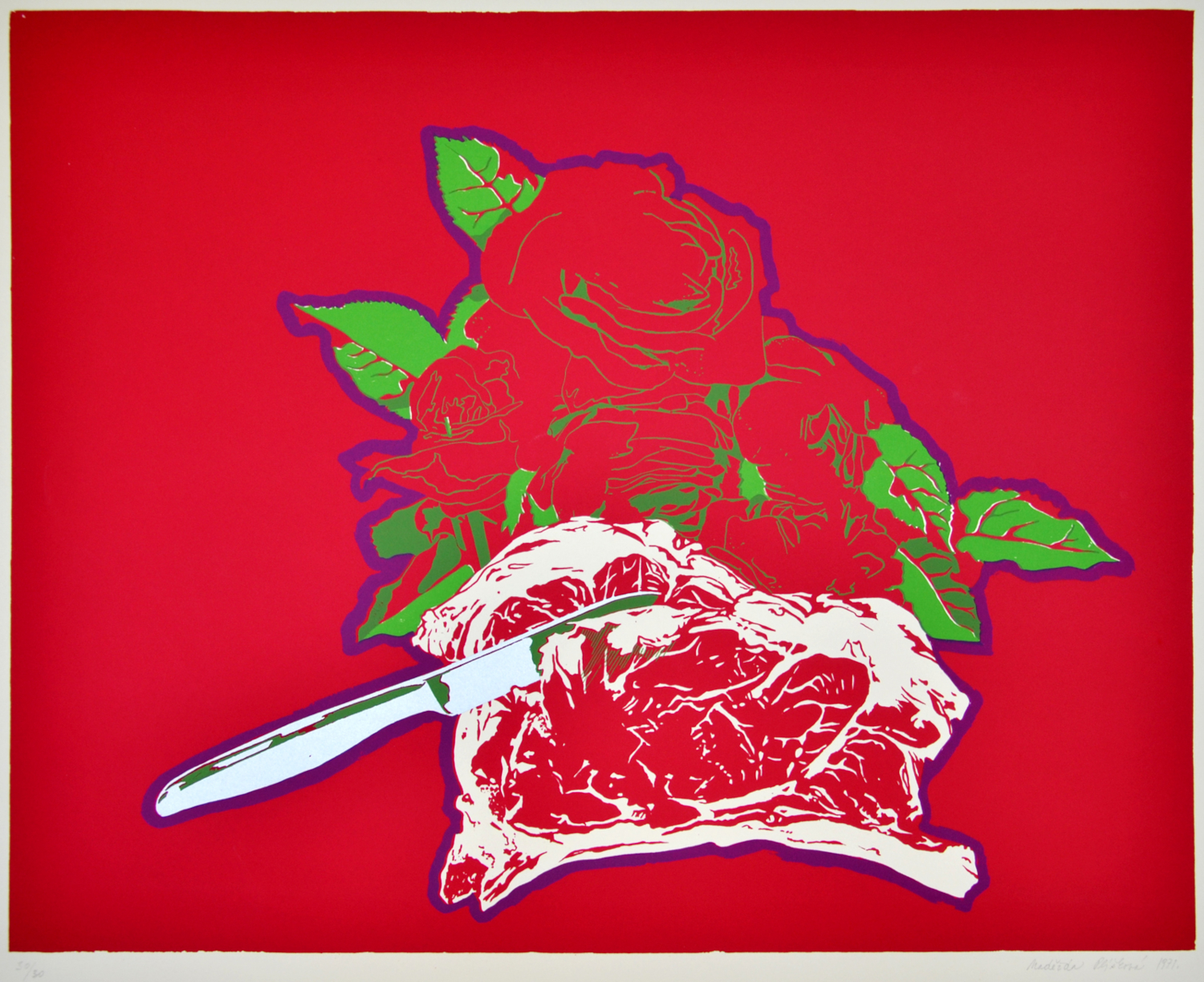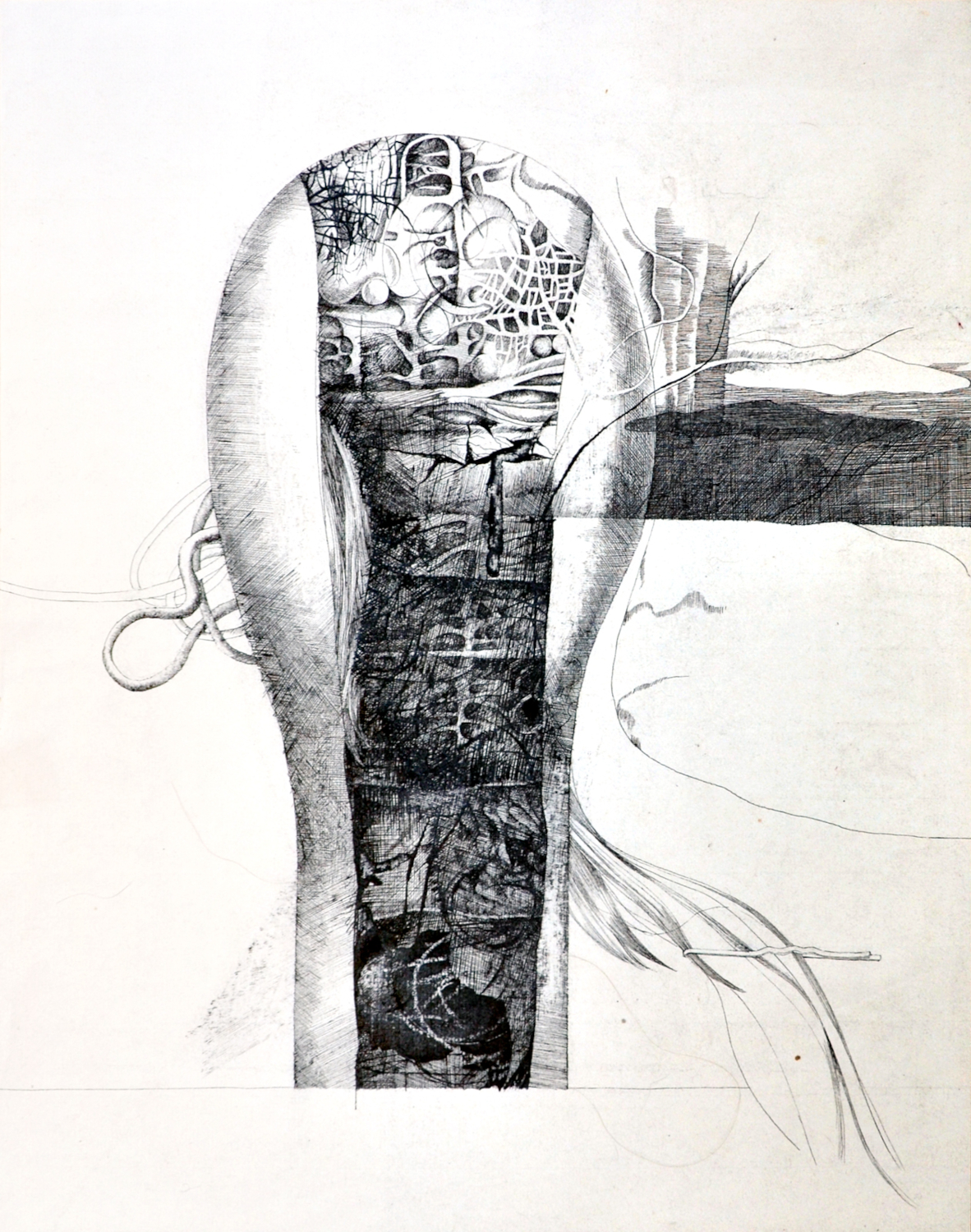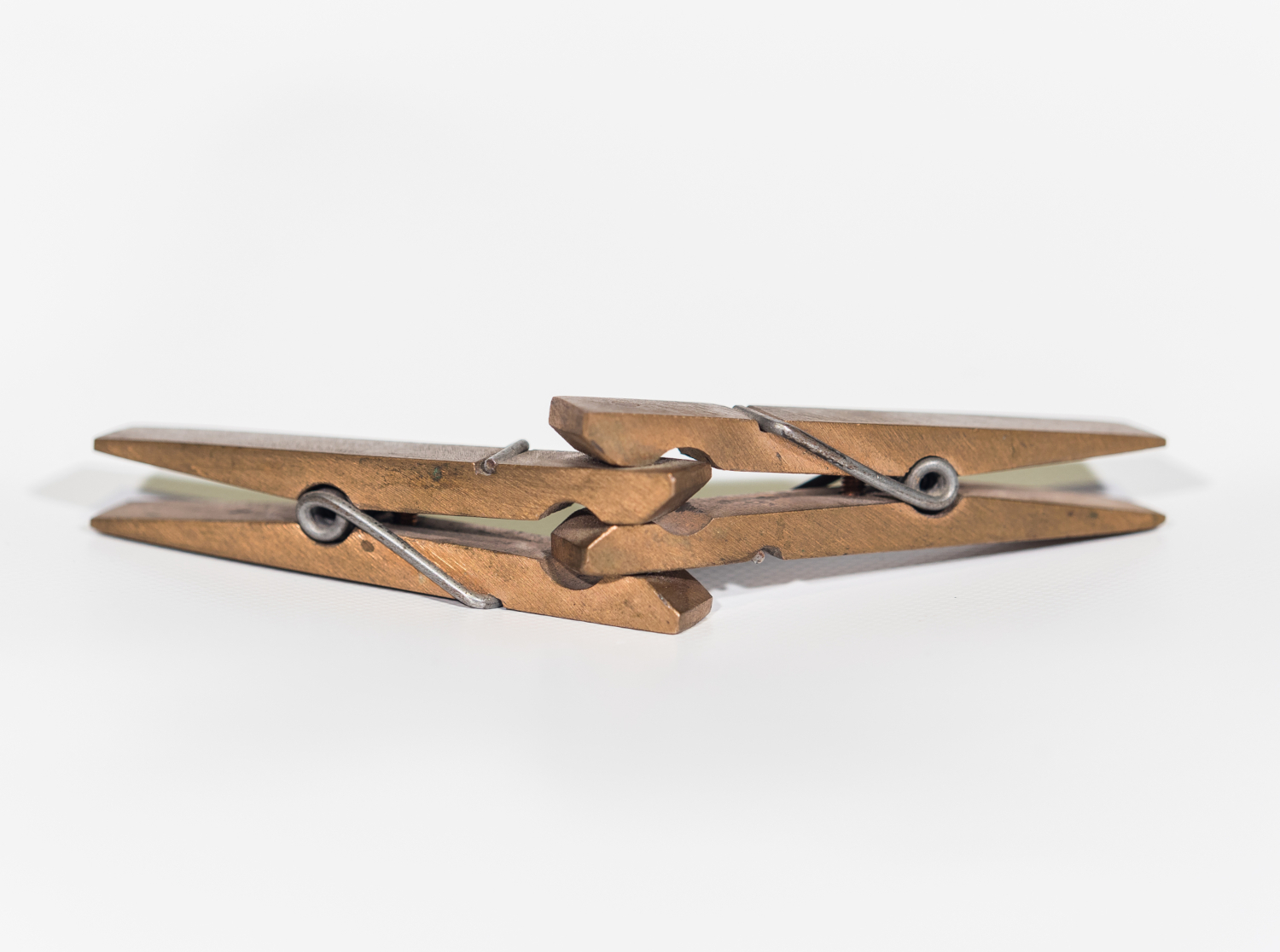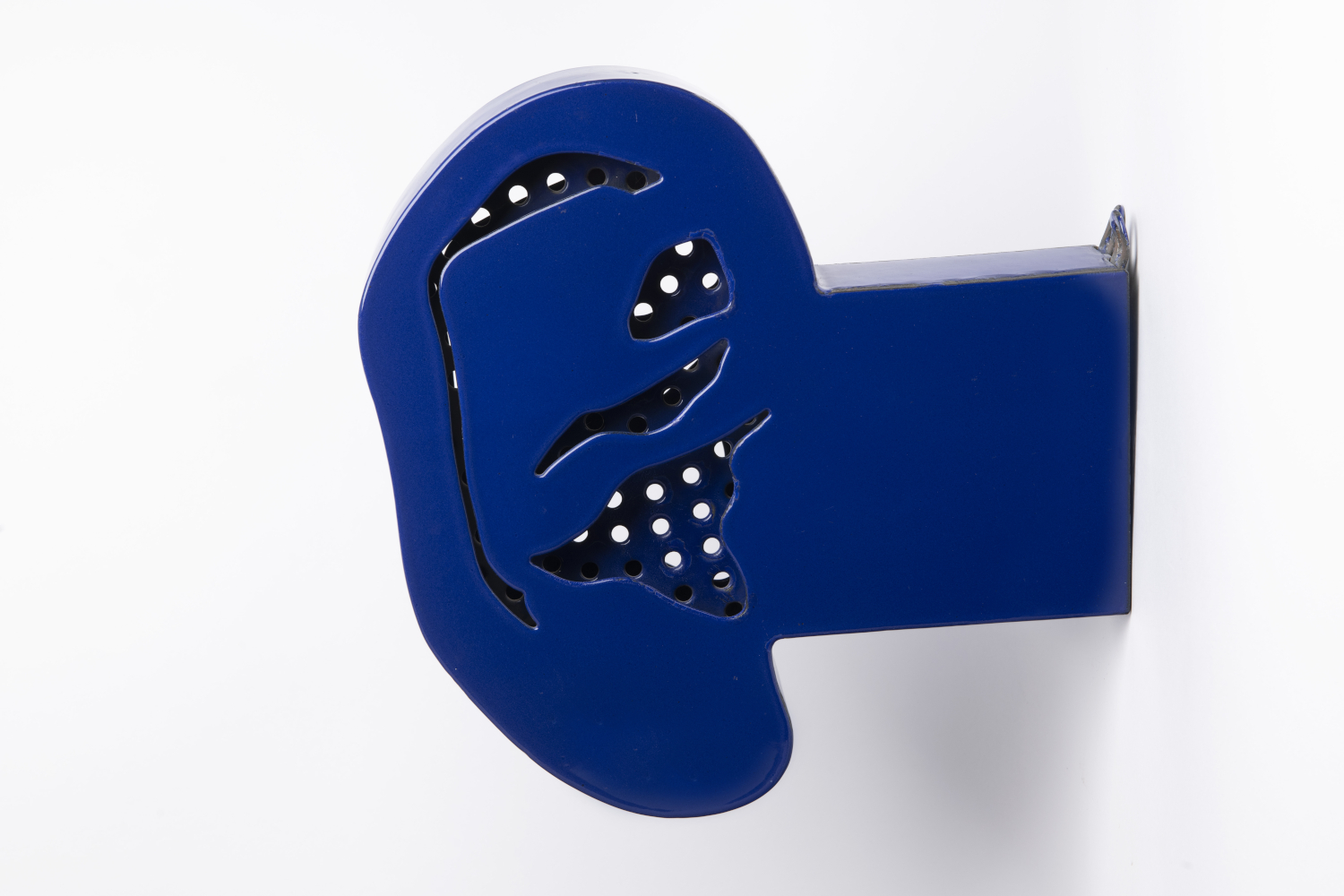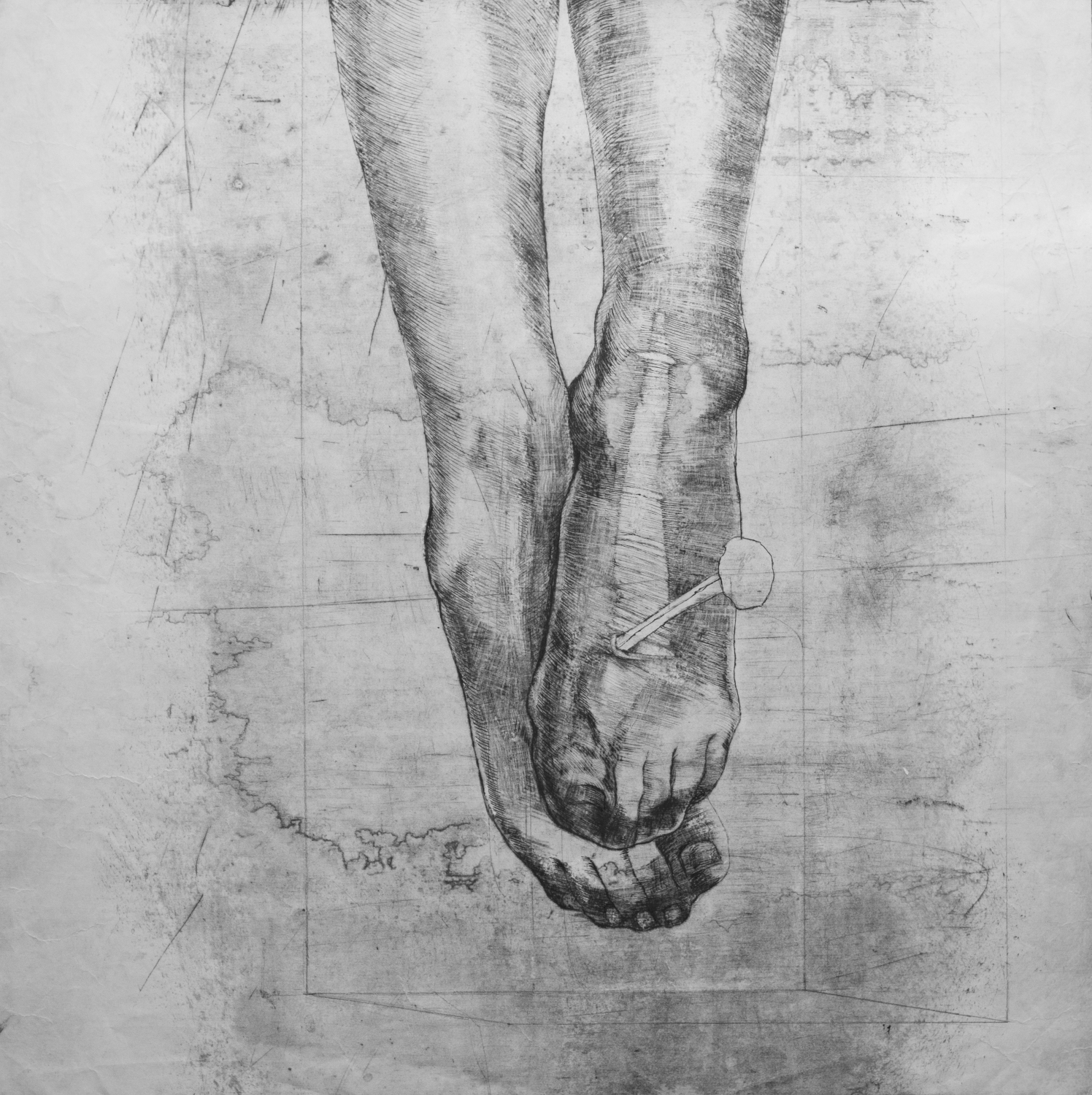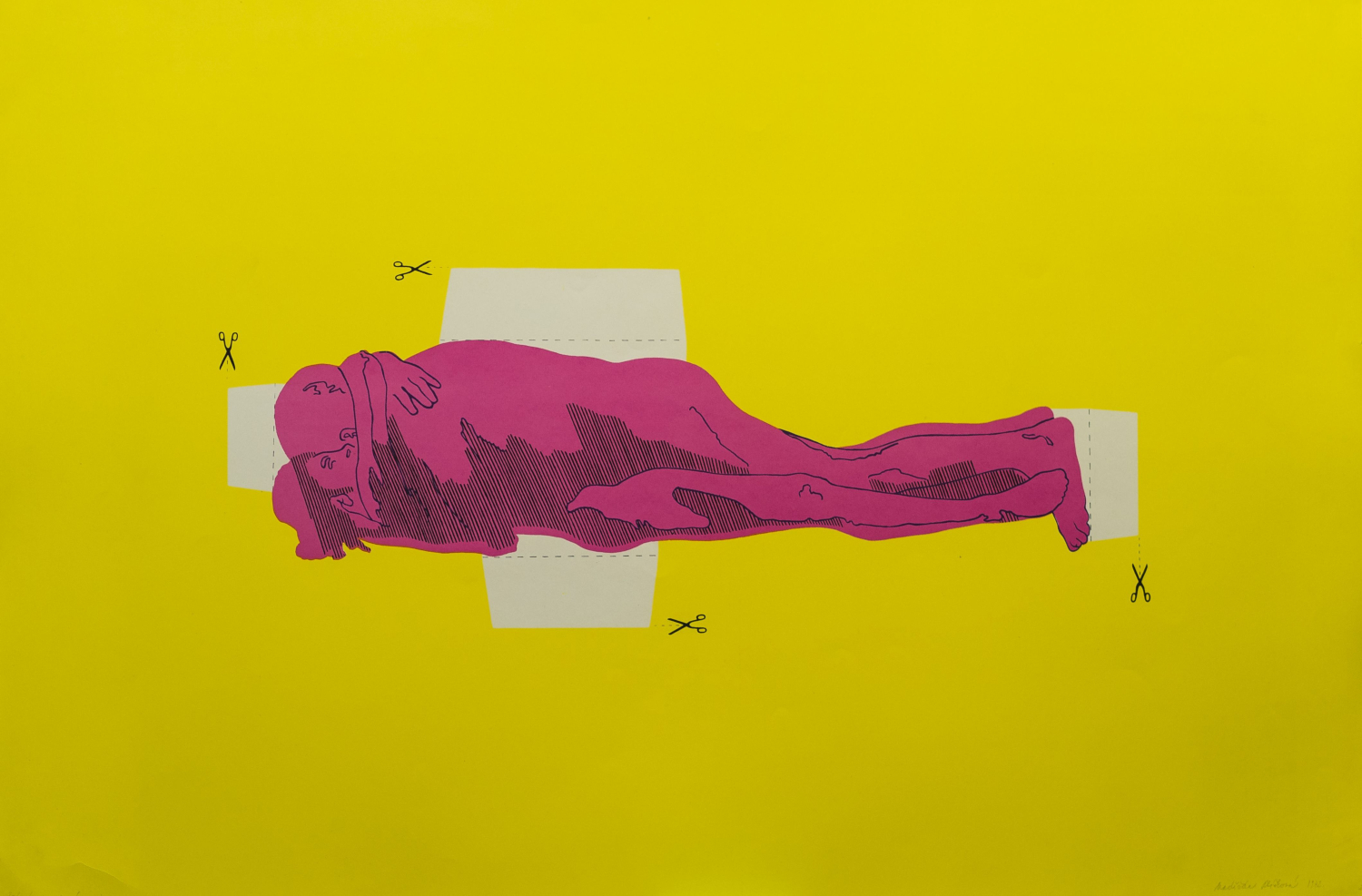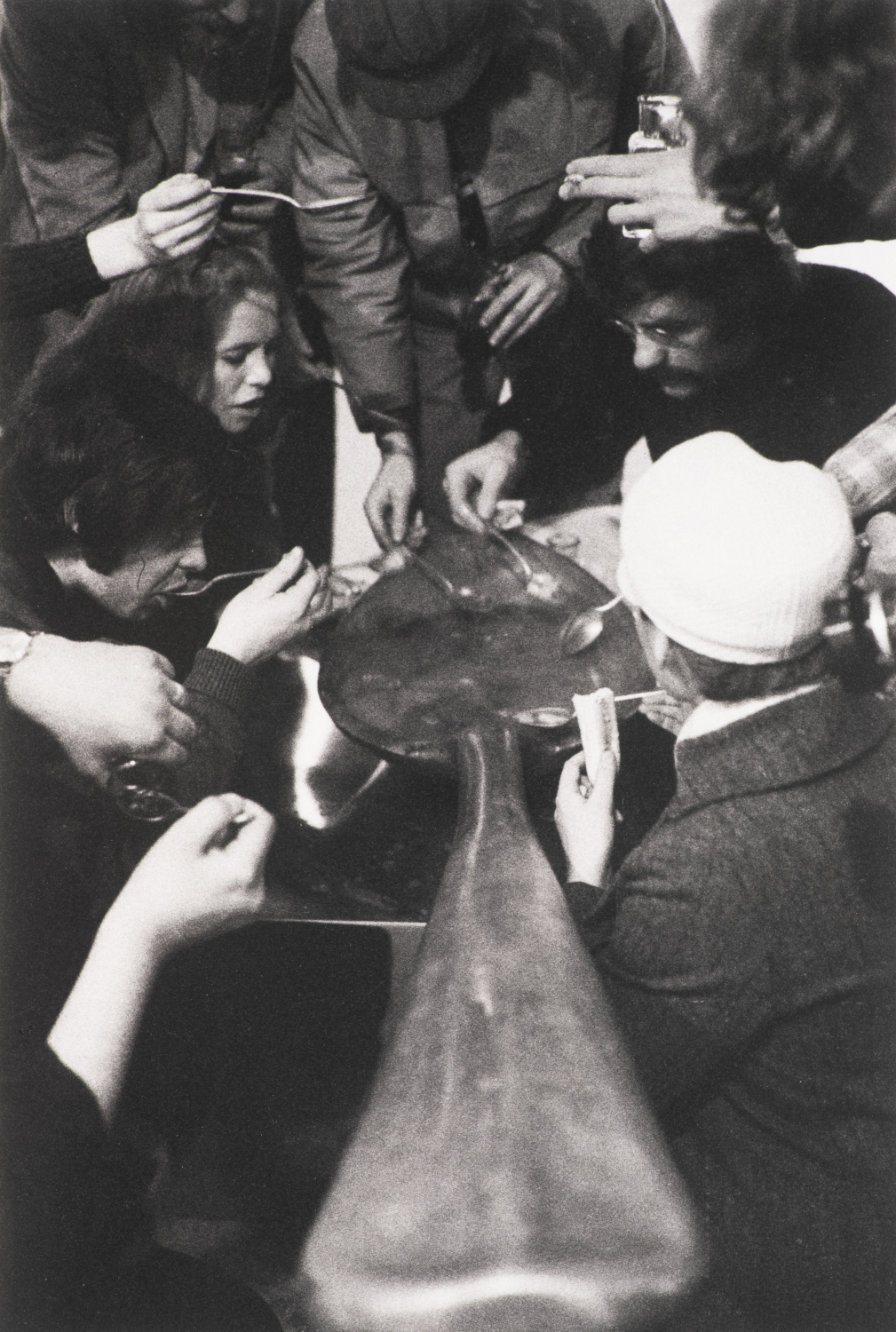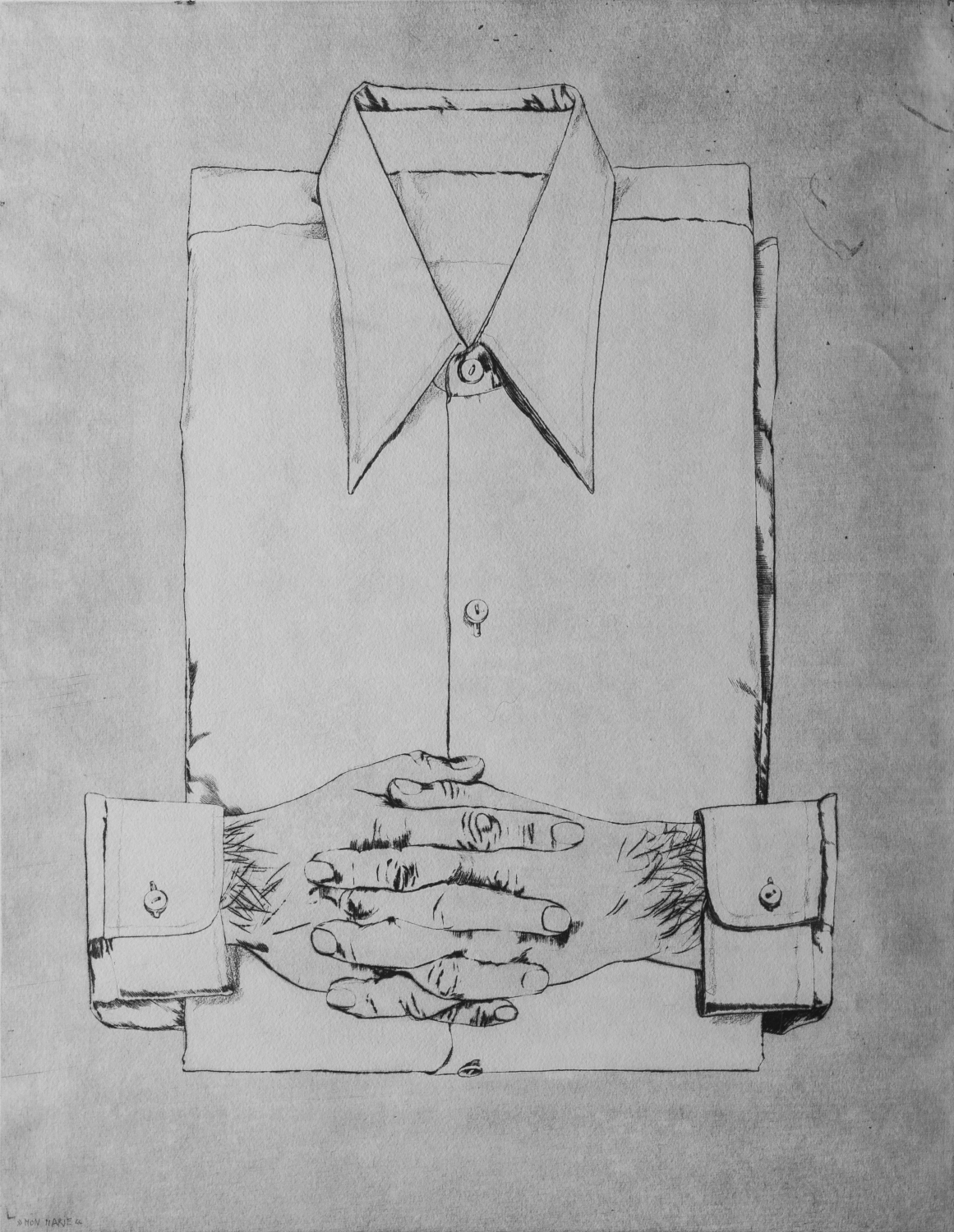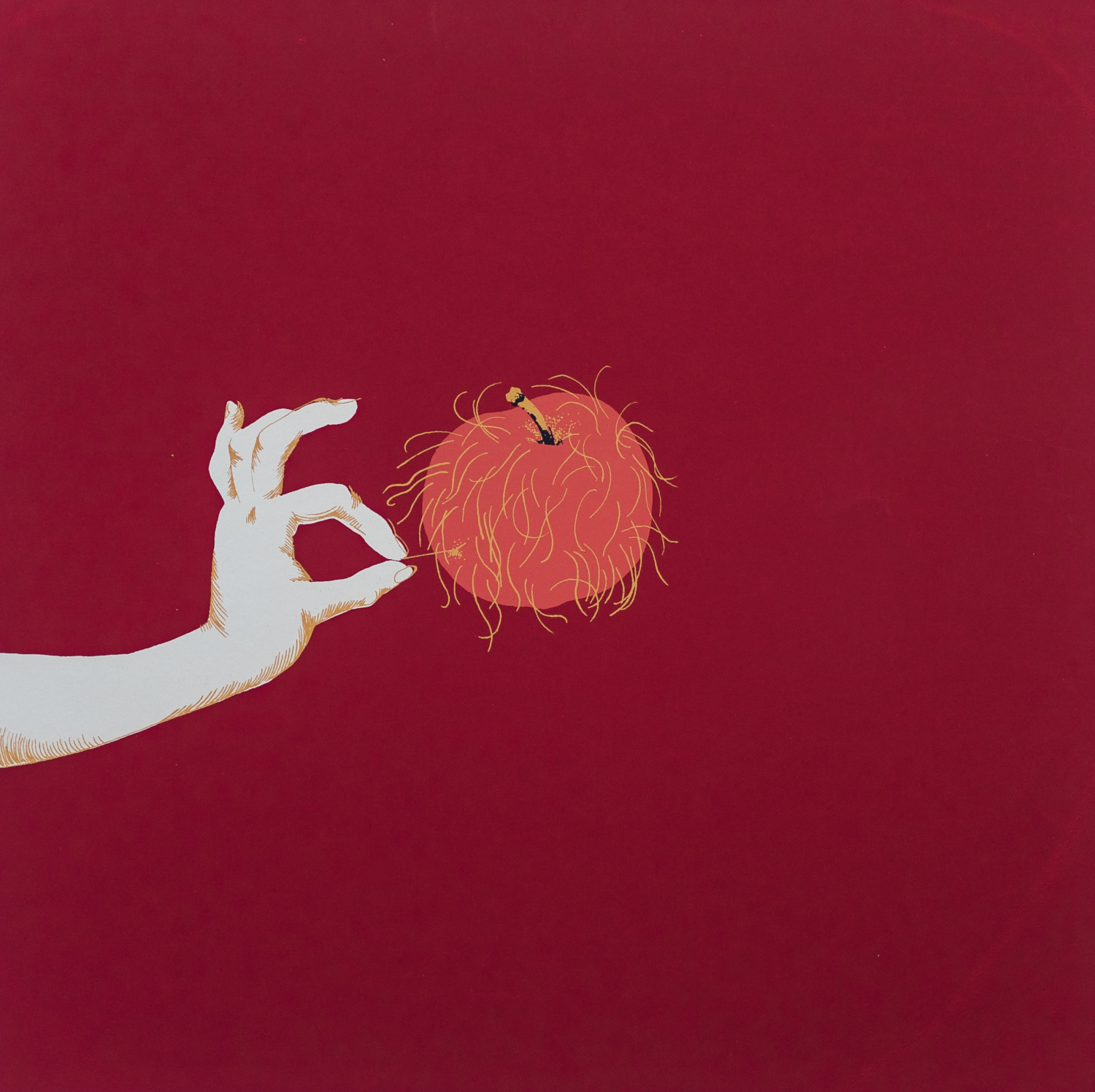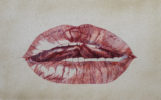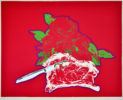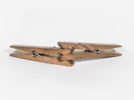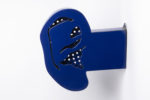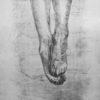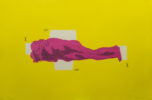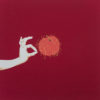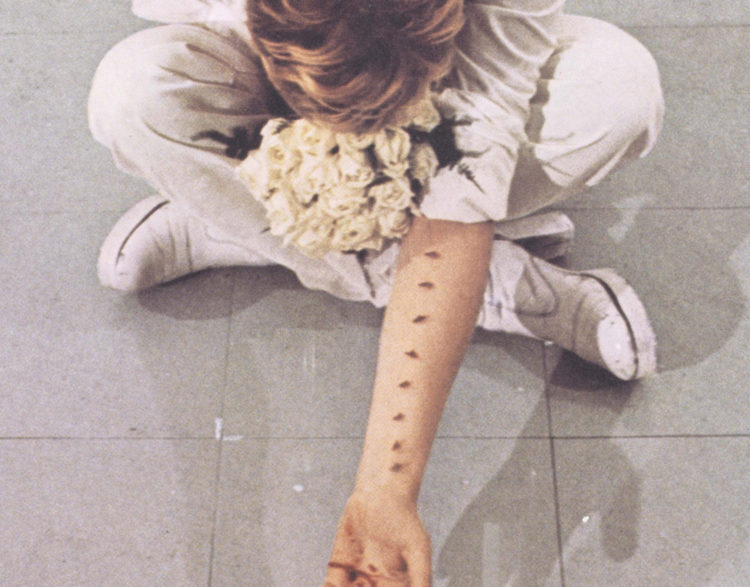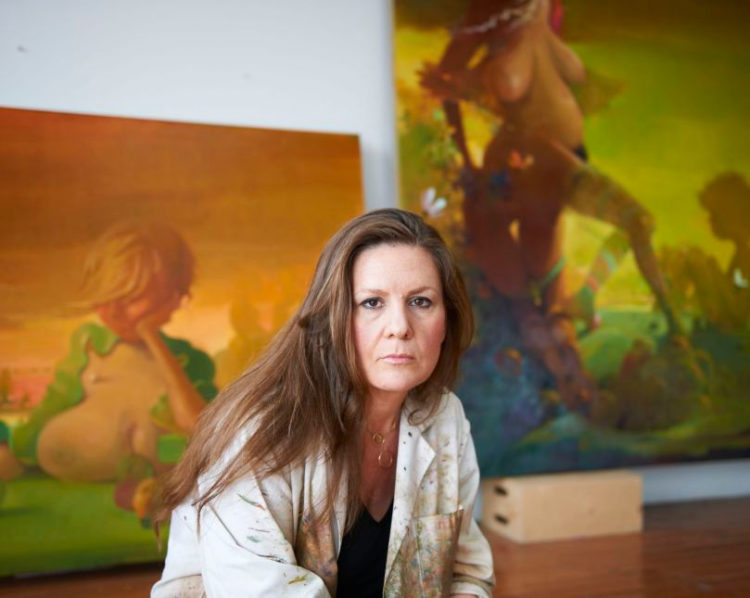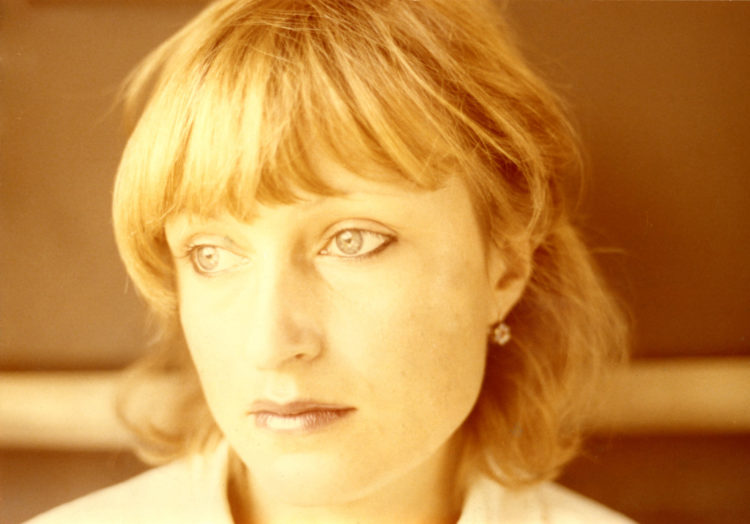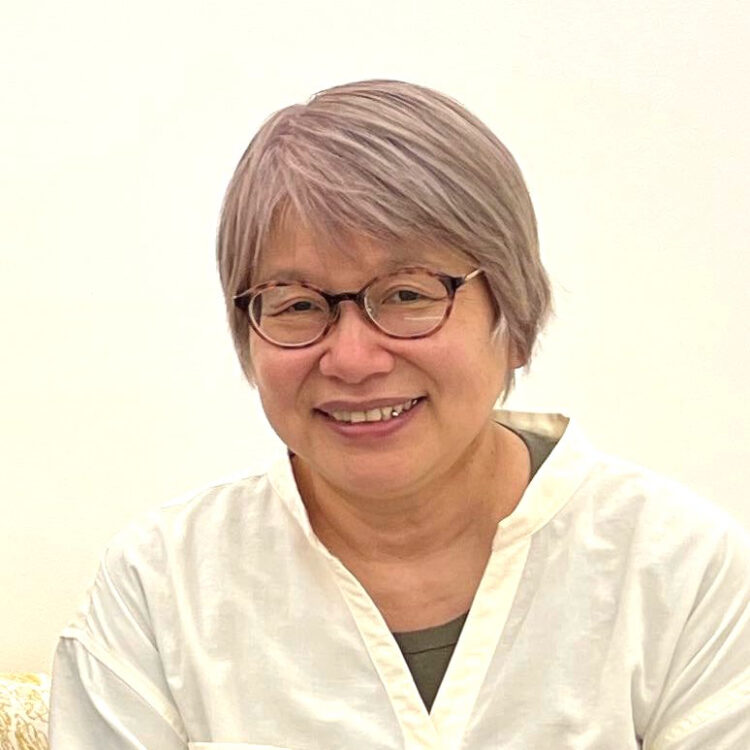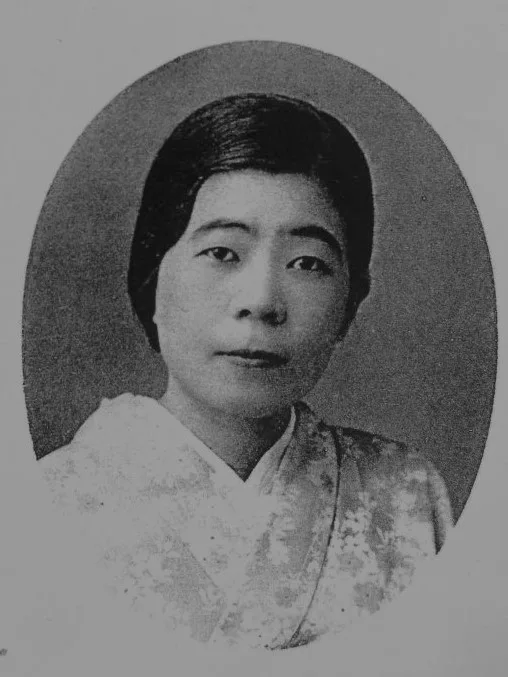Naděžda Plíšková
Jirous Ivan, Naděžda Plíšková, Prague, Art Centrum, 1970
→Šmejkal František, Naděžda Plíšková. Graphic Prints – Drawings – Ex Libris, Prague, Malá galerie Československého spisovatele, 1981
→Placáková Marianna (dir.), I, Naděžda Plíšková, exh. cat., Museum Kampa, Prague (June 1 – August 18, 2019), Prague, Museum Kampa, 2019
Naděžda Plíšková. Graphic Prints – Objects 1968–1970, Václav Špála Gallery, Prague, April 17 – May 10, 1970
→Naděžda Plíšková. Graphic Prints – Drawings – Ex Libris, Malá galerie Československého spisovatele, Prague, May 26 – June 12, 1981
→I, Naděžda Plíšková, Museum Kampa, Prague, June 1 – August 18, 2019
Czech graphic artist and poet.
Graphics, object, and poetry focusing on gender inequality under state socialism form the main artistic output of Naděžda Plíšková. She enrolled at the Prague Academy of Arts in 1954. Like many Czech female artists of her generation, she devoted herself to printmaking, which, next to poetry, was her main means of expression. The political environment of the late 1960s, characterised by progressive liberalisation, was a formative experience for her. Impressed by New Realism and Pop Art works, which were gradually introduced at Czech exhibitions and in local magazines, she started making large format prints and began working on everyday issues.
Reflecting on contemporary debates in society, N.Plíšková also started to introduce themes of gender inequality into her work. One of her fundamental experiences was her membership in the informal art group Křižovnická škola čistého humoru bez vtipu [Crusader school of pure humour without jokes], which she with her husband, the sculptor Karel Nepraš (1932-2002), joined in the mid-1960s, and her friendship with the people around the rock band The Plastic People of the Universe. Due to the political liberalisation, she studied for a year at the University of Stuttgart in 1968. The following year she was awarded a Ford Foundation scholarship to the United States. However, she was not allowed to travel because of the political changes in Czechoslovakia. Political shifts were also one of the reasons why the public presentation of her work was limited from the early 1970s onwards, while she exhibited in international printmaking shows all her life. In 1982 N. Plíšková suffered a serious spinal cord injury. For health reasons, she subsequently dedicated more time to writing poetry and commenting on political events, even after 1989.
“Take twenty-four years, buy a cookery book, learn to cook, learn to forgive, and first and foremost learn to wait, wait for everything: for a flat, for a man, for money, for coal, for a plumber, for getting divorced …”, wrote N. Plíšková in 1988 in her poem “ak se dělá manželství” [A Recipe for marriage], typical of her work, which though based on personal experience, spoke of general problems concerning the gender order and political-economic issues of state socialism. Like her poetry, N. Plíškováʼs graphic art was characterised by visual simplification, sarcasm and even a certain literariness, producing, with an ironic distance, a critique of what is depicted. N. Plíšková commented on contemporary ideals of beauty and cosmetic treatment of the female body. In 1970 she organised a happening at the opening of an exhibition at Václav Špála Gallery in Prague: she cooked a goulash soup, which she served to visitors from a 2-metre spoon. Her constant interest in food and Czech meat and beer culture was not only based on a critique of consumerism but also on critical attitudes to reproductive labour – from cooking and housekeeping to childcare. Drawing on a wide range of discourses, N. Plíšková’s work dealt with prevailing social norms and system settings, which she approached critically but with ease and humour.
A notice produced as part of the TEAM international academic network: Teaching, E-learning, Agency and Mentoring
© Archives of Women Artists, Research and Exhibitions, 2022


